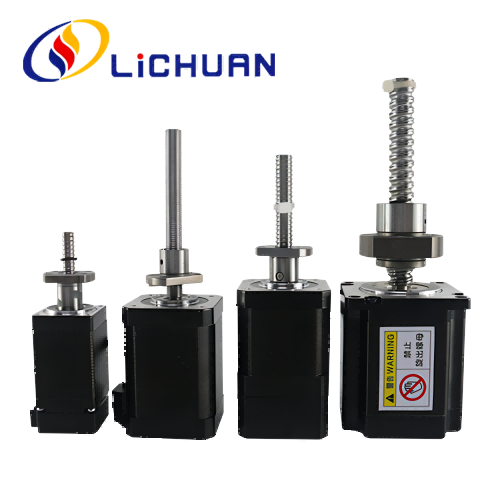
- English
- Español
- Português
- русский
- Français
- 日本語
- Deutsch
- tiếng Việt
- Italiano
- Nederlands
- ภาษาไทย
- Polski
- 한국어
- Svenska
- magyar
- Malay
- বাংলা ভাষার
- Dansk
- Suomi
- हिन्दी
- Pilipino
- Türkçe
- Gaeilge
- العربية
- Indonesia
- Norsk
- تمل
- český
- ελληνικά
- український
- Javanese
- فارسی
- தமிழ்
- తెలుగు
- नेपाली
- Burmese
- български
- ລາວ
- Latine
- Қазақша
- Euskal
- Azərbaycan
- Slovenský jazyk
- Македонски
- Lietuvos
- Eesti Keel
- Română
- Slovenski
- मराठी
- Srpski језик
Working Principle of Screw Motor
The working principle of the screw motor is essentially driven by the mechanical action of high-pressure oil on the spiral surface of the convex screw. When the high-pressure oil flows in from the inlet, it generates a tangential force on the spiral surface of the convex screw, which is then converted into hydraulic torque to drive the convex screw and the working mechanism and load connected to it to rotate. The uniqueness of this motor is that it consists of a convex screw and two concave screws, in which the shaft of the convex screw is not only used for rotation, but also serves as an output shaft.
The concave screws are designed to unload when subjected to torque, so there is no direct torque transmission between them and the convex screws. As the convex screw rotates, the oil is brought to the low-pressure area and discharged from the oil outlet, thereby realizing the circulation of the oil. This design makes the screw motor very suitable for high-speed rotation applications, such as the power head of grinders and drilling machines, and as a flow speed meter.
For a single screw motor with a circular cross-section, its radial size is small but the output torque is large. This feature makes it particularly useful in oil drilling machinery, which can easily drive the drill bit deep in the formation.
The working principle of the screw motor is similar to that of the screw pump, both of which are based on the rotation of the screw and the formation and disappearance of the sealed working chamber. In the screw pump, a series of sealed working chambers are formed between the multiple screws and the pump housing. As the screw rotates, these working chambers will continuously form, move and disappear. During the formation process, the chamber volume increases and the oil is sucked in; during the disappearance process, the chamber volume decreases and the oil is discharged. The displacement of the screw pump is closely related to the diameter of the screw, the depth of the spiral groove, and the length and number of leads of the screw. By adjusting these parameters, different flow and pressure requirements can be achieved.




